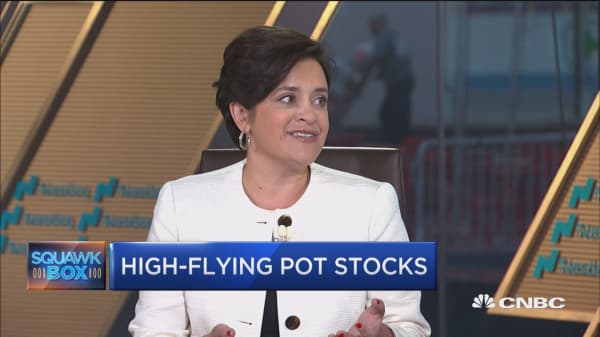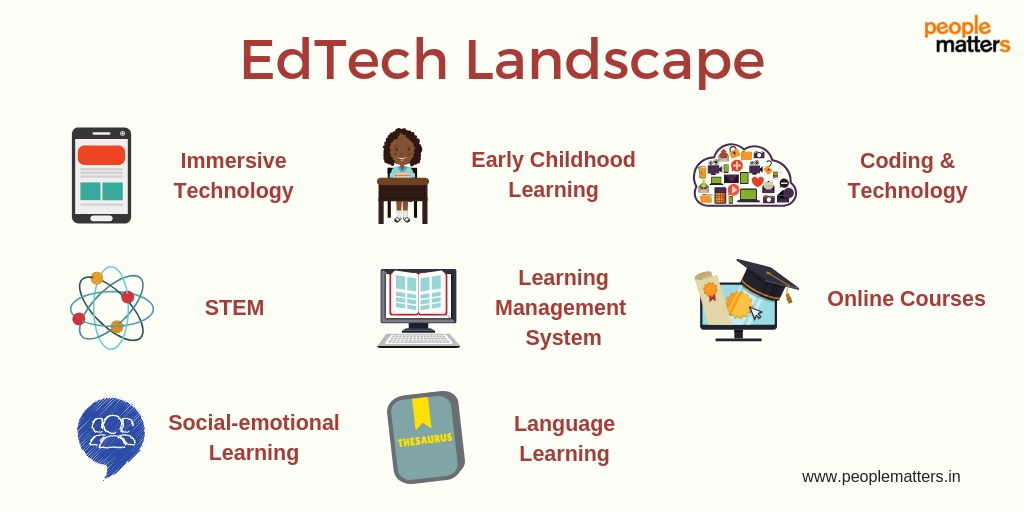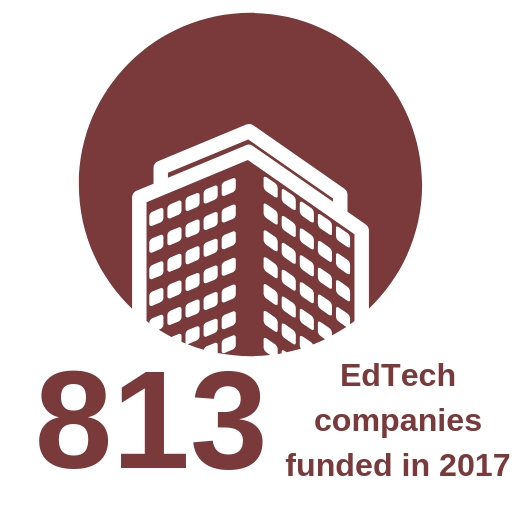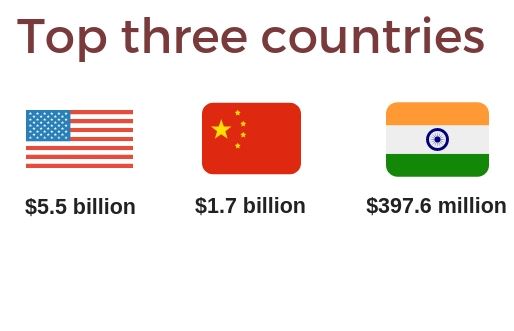
- Acquires ownership of assets related to Janey’s line of cannabis accessories and IP related to product development.
- Twelve Barrels Whiskey will receive 120,000 common shares of North Bud Farms at a deemed price of $0.40 per share for Janey’s rights
- Announces Creation of “1017†Distribution
North Bud Farms Inc. (CSE: NBUD) (“NORTHBUD” or the “Company”) announces the creation of “1017†distribution and signing of a letter of intent to acquire Ontario cannabis store accessory distributor of Janey’s which operates as a subsidiary of Twelve Barrels Whiskey.
This Agreement provides that NORTHBUD will acquire ownership of assets related to Janey’s line of cannabis accessories and IP related to product development.
In exchange for these rights, Twelve Barrels Whiskey will receive 120,000 common shares of North Bud Farms at a deemed price of $0.40 per share.
NORTHBUD will provide the required capital investments to develop the proposed line of Janey’s products and may enter into revenue sharing agreements.
The companies intend to negotiate a definitive agreement within the next 30 days.
“This acquisition will provide a solid foundation for “1017†distribution,†said Ryan Brown, CEO and Founder of North Bud Farms Inc. “Janey’s brand was created as a platform for cannabis product development and distribution.â€
Brown further stated, “With the acquisition of Janey’s brand NORTHBUD has secured an experienced product development and distribution partner with existing distribution into the Ontario Cannabis Store retail program.â€
As per the terms of the Agreement, Cole Miller founder and sole owner of Janey’s brand and Twelve Barrels Whiskey will join the NORTHBUD team as product development manager.
“We are excited to have Cole lead this new division for both accessories and consumer product goods to be sold under our “1017†brand,†said Ryan Brown, CEO and Founder of North Bud Farms Inc.
“Our alcoholic beverages experience combined with NORTHBUD’s cannabis expertise and technology will allow our existing accessories brand to develop new products and expand into markets both domestically and abroad,†said Cole Miller, Founder of Janey’s.
Miller stated, “We are looking forward to working with NORTHBUD to further develop our line of cannabis-based beverages which are at a late stage in their development. As 1 of 10 accessories supplier to the Ontario Cannabis Store, we are well positioned to expand our product offering and gather consumer market data.â€
About “1017†Brands
“1017†Brands has been established as a development and distribution platform for cannabis products and accessories. NORTHBUD intends to develop multiple products over a variety of product segments under the “1017†brand.
In August 2018 NORTHBUD successfully filed a trademark application for the use of the words and numbers “1017†as it relates to the global cannabis industry. The filing of this trademark gives NORTHBUD priority over the use of “1017†which we believe will become an iconic symbol in the Canadian cannabis industry.
“Branding will play an important role in establishing both product and company identity,†said Ryan Brown, CEO and Founder of North Bud Farms Inc. “October 17, 2018 represents a historic day in the history of Cannabis in Canada and NORTHBUD is proud to be able to carry that moniker moving forward. Over the next 12 months NORTHBUD intends to develop multiple consumer products to be sold under the “1017†brand.â€
About Janey’s Inc.
Janey’s Inc. is a subsidiary of Twelve Barrels Whiskey Inc., an Ontario corporation. Janey’s is one of six approved Cannabis accessory suppliers to the Ontario cannabis store.
For more information visit: https://twelvebarrels.com/
About North Bud Farms Inc.
North Bud Farms Inc., through its wholly-owned subsidiary GrowPros MMP Inc. which was acquired in February 2018, is pursuing a license under the Access to Cannabis for Medical Purposes Regulations (ACMPR).  North Bud Farms will be constructing a state-of-the-art purpose-built cannabis production facility located on 95 acres of Agricultural Land in Low, Quebec. North Bud Farms will be focused on Pharmaceutical and Food Grade cannabinoid production in preparation for the legalization of edibles and ingestible products scheduled for October 2019.
For more information visit: www.northbud.com
Neither the Canadian Securities Exchange (the “CSEâ€) nor its Regulation Services Provider (as that term is defined in the policies of the CSE) accepts responsibility for the adequacy or accuracy of this release.
Forward-looking statements
Certain statements included in this press release constitute forward-looking information or statements (collectively, “forward-looking statementsâ€), including those identified by the expressions “anticipateâ€, “believeâ€, “planâ€, “estimateâ€, “expectâ€, “intendâ€, “mayâ€, “should†and similar expressions to the extent they relate to the Company or its management. The forward-looking statements are not historical facts but reflect current expectations regarding future results or events. This press release contains forward- looking statements. These forward-looking statements are based on current expectations and various estimates, factors and assumptions and involve known and unknown risks, uncertainties and other factors. Such risks and uncertainties include, among others, the risk factors included in North Bud Farms’ final long form prospectus dated August 21, 2018 which is available under the issuer’s SEDAR profile at www.sedar.com.
FOR ADDITIONAL INFORMATION, PLEASE CONTACT:
North Bud Farms Inc.
Edward Miller
VP, IR & Communications
Office: (855) 628-3420 ext. 3
[email protected]


.1539176161784.jpeg)



 Â Â Â Â Â Â Â Â Â Â Â
                  Â
           Â
     According to Metaari advanced learning technology report 2017, over $3.79 Bn was invested in corporate-facing educational technology companies in 2017, trailing consumer-facing companies by $60 Mn. Corporate training and education buyers across the globe are migrating rapidly away from legacy products like self-paced courseware and are now avid buyers of psychometric Game-based Learning, AI-based Learning, Cognitive Learning, and Mixed Reality Learning (that includes both VR and AR-based products).
According to Metaari advanced learning technology report 2017, over $3.79 Bn was invested in corporate-facing educational technology companies in 2017, trailing consumer-facing companies by $60 Mn. Corporate training and education buyers across the globe are migrating rapidly away from legacy products like self-paced courseware and are now avid buyers of psychometric Game-based Learning, AI-based Learning, Cognitive Learning, and Mixed Reality Learning (that includes both VR and AR-based products).





